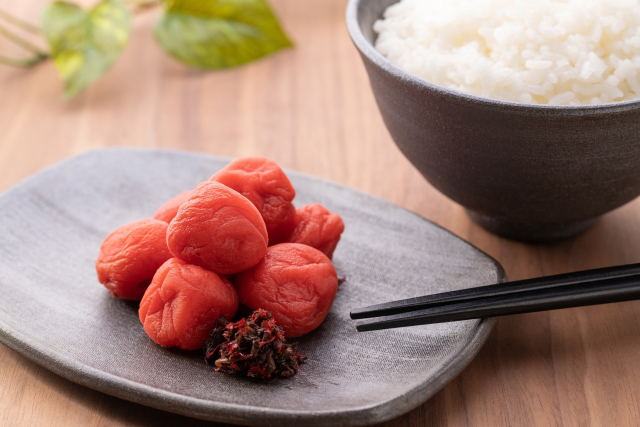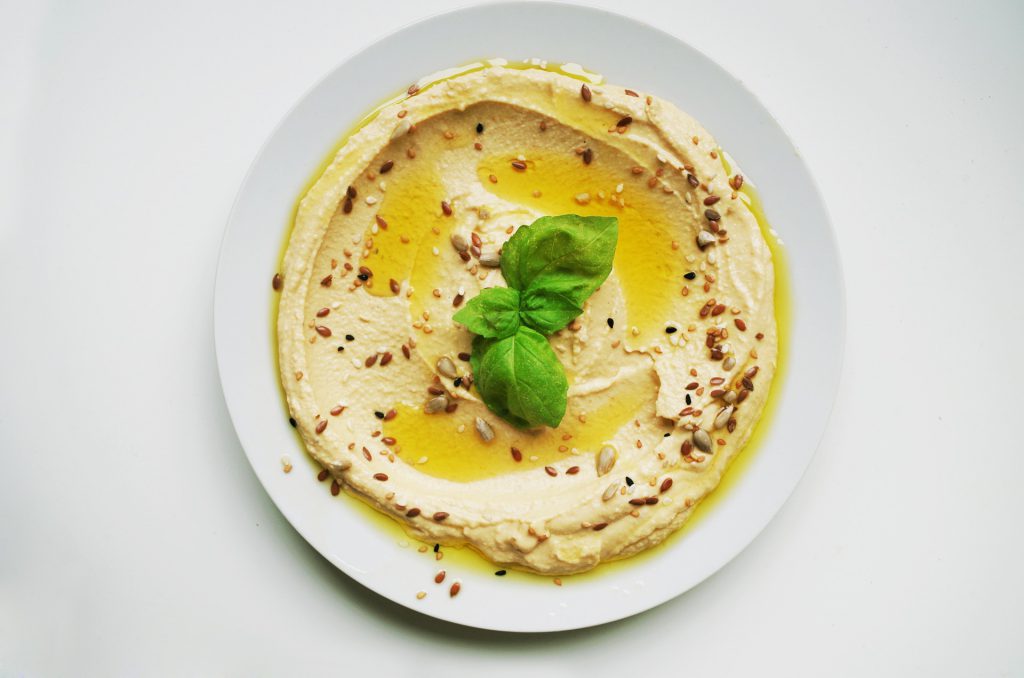Introducing Umeboshi

It is very challenging to describe what defines Australian cooking and, this is because our meals are a combination of flavours from around the world. Japanese flavours have surpassed any other cuisine, becoming Australias trendiest contemporary dining. So, what sets Japanese food apart?
Japanese cooking involves the main five profiles: sweet, spicy, salty, sour and bitter. Those who dare to adventure into new ingredients and transform their cooking, let me introduce Umeboshi.
As time goes on, the desire to try different foods has increased, and so has the demand for fermented foods. With the proper knowledge and expertise of where to find these delightful foods, you are on the path to shifting your everyday cooking.
Best described as the plum or apricots cousin, Umeboshi is a Japanese fruit, salted and pickled and incredibly intriguing to the pallet. Umeboshi is made by soaking the fruits with red shiso leaves, varying depending on the type you buy. The red shiso leaves add a pinkish colour to the condiment and add a distinct flavour.

Umeboshi has been used for centuries to eliminate body toxins; therefore, it is the best cure for a hangover. Boozy night? Eat an Umeboshi before bed, and your body will thank you in the morning. Packed with antioxidants and alkaline, it’s no wonder why this fruit has been considered a superfood in Japan.
Where to get in Australia
You can likely find Umeboshi at your local or closest Asian grocer and most definitely from a Japanese specific store.
Thankfully, with today’s technology, you can purchase Umbesho along with many other Asian foods at your fingertips online. It is that easy.
Types of Umeboshi
- Karikari Ume (Crispy)
Bright red, small and crispy, often found in Bento boxes. These Umeboshi fruits are young and not dried out in the process.
- Salt-only Ume
Pickled only with salt, this traditional type of Umeboshi is very salty and sour. Lasting for many years in the cupboard.
- Shiso Ume
Seasoned with salt and red shiso leaf, Shiso Umo has a more intensified flavour and aroma. Making for a great healthy, flavoursome snack.
- Kombu Ume
For a more mellow flavour, Kombu Ume is pickled with kelp. This beautiful salty seaweed makes the tart flavour from the Umbeboshi less intense.
- Honey Ume
This one was made for the sweet tooth! Honey ume is made with pure honey allowing the undertones of salt and sour to pair beautifully with a sweet flavour.
- Bonito Ume
A beautiful combination of shiso leaves, katsuobushi and the Umeboshi fruit creates Bonito Ume. With a less overpowering flavour, this Umeboshi can complement many dishes.
Wondering how to use Umeboshi in a recipe?
Umeboshi Hommus
Umeboshi is often used in recipes in the form of a paste.
Combine all of the below ingredients in a food processor until smooth. Serve with fresh vegetables and enjoy on crackers or bread.

- Two cups cooked chickpeas or one can rinsed and drained
- Two tablespoons minced onion
- Two tablespoons tahini
- Two tablespoons extra-virgin olive oil
- Two teaspoons umeboshi paste
- Two tablespoons freshly squeezed lemon juice
- Two small cloves of garlic, minced
- Enough water for desired consistency
